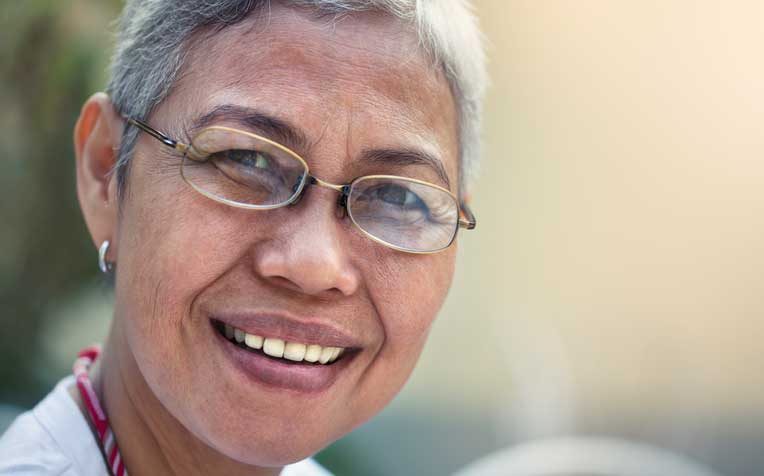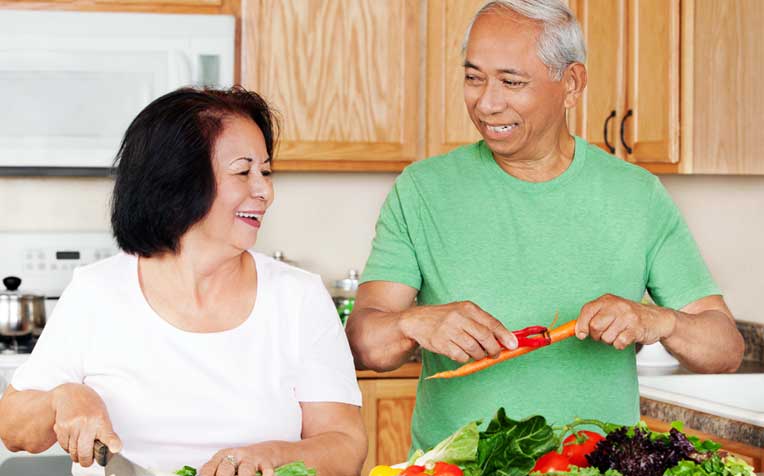
Persistent pains in the body should not be ignored as they can become chronic and disrupt daily activities.
Untreated aches and pains in older people can become chronic and disrupt daily activities
Many elderly people tend to dismiss joint pain and body aches as part of ageing and would rather self-medicate or quietly endure the pain. But untreated pain can become chronic and greatly diminish their quality of life.
“Do not ignore persistent pain in any part of the body, be it neck pain, lower back pain or nerve pain. Don’t wait for it to seriously disrupt your daily activities,” says Dr Tan Kian Hian, Senior Consultant and Director of the Pain Management Centre at Singapore General Hospital (SGH), a member of the SingHealth group.
Chronic pain, defined as pain that persists beyond three months, could point to underlying diseases such as arthritis, degenerative spinal disc disease and cancer.
According to the Pain Association of Singapore, about one out of five people aged 65 and above in Singapore suffer from chronic pain.
Common causes of aches and pains in older people
The most common types of aches and pains affecting seniors include:
- Joint pain and inflammation in the fingers, knees, hips and spine
- Joint stiffness in the morning
- Lower back pain
- Neck pain
- Nerve pain
Common causes of aches and pains in the elderly
Arthritis
Arthritis is a musculoskeletal disease that causes joint pain, inflammation and stiffness. The two most common types of arthritis in the elderly are osteoarthritis and rheumatoid arthritis.
Osteoarthritis is the progressive wear and tear of joint cartilage. As it becomes less elastic, cartilage loses its ability to cushion the painful rubbing of bones against each other.
Elderly people suffering from osteoarthritis often complain of morning stiffness and sharp or dull joint pain in the fingers, knees, hips and spine.
Rheumatoid arthritis is an autoimmune disease, which means the body is attacking itself. It’s characterised by sharp pain, swelling and deformity in the joints of fingers, feet and wrists. Joint pain and inflammation can be so severe that it becomes disabling.
Elderly people with rheumatoid arthritis often experience prolonged morning stiffness and warm, tender and swollen joints.
Degenerative disc disease
Lower back pain and neck pain are very common sources of chronic pain in the elderly.
When discs in the neck and lower back degenerate, the soft material inside the discs may bulge out or rupture, pressing on the nerves or spinal cord. A slipped disc is a common cause of nerve pain and lower back pain in the elderly.
Depending on the affected discs, the person could experience neck pain, lower back pain or sharp, shooting pain in the buttocks and down the legs. Degenerative disc disease affects people from age 40 and gets worse in the 60s.
Bone spurs
Bone spurs are calcified growths that occur along the spine and in the neck, shoulders, hips, knees and feet.
When bone spurs press on neighbouring nerves, tendons and ligaments, it may cause lower back pain, neck pain and joint pain in the affected areas. Tingling and numbness are signs of bone spurs compressing on nerves.
Ageing, disc degeneration and sports injuries contribute to the growth of bone spurs.
Frozen shoulder
A frozen shoulder is a common source of joint pain and stiffness in older people aged 40 to 70. It may arise from prolonged shoulder immobilisation after surgery or chronic pain conditions such as arthritis. Frozen shoulder occurs when connective tissues around the shoulder joint thicken and tighten.
Treatment of aches and pains in seniors
“A multi-pronged approach is best when treating chronic pain and aches in elderly patients,” says Dr Tan. The goal is to help patients restore as much of their physical functions and control any disabling disorders.
Treatment could include:
- Avoiding prolonged bed rest to relieve joint pain, neck pain and lower back pain. Prolonged bed rest may lead to a poorer outcome.
- Pain relief medications such as a short course of nonsteroidal anti-inflammatory drugs (NSAIDs) may reduce joint pain and joint inflammation.
- Anti-convulsant and anti-depressant medications to relieve chronic nerve pain.
- Muscle relaxants for backaches, lower back pain and neck pain.
- Physiotherapy and exercise to strengthen the back and abdominal muscles, reduce joint pain and improve flexibility.
- Various injections of local anaesthetics with small amounts of steroids.
- Surgery
Ref: S13

















 Get it on Google Play
Get it on Google Play